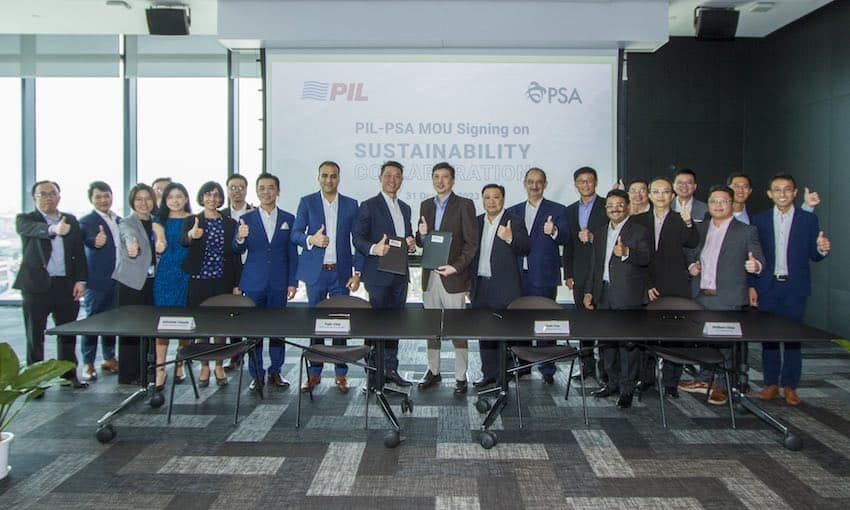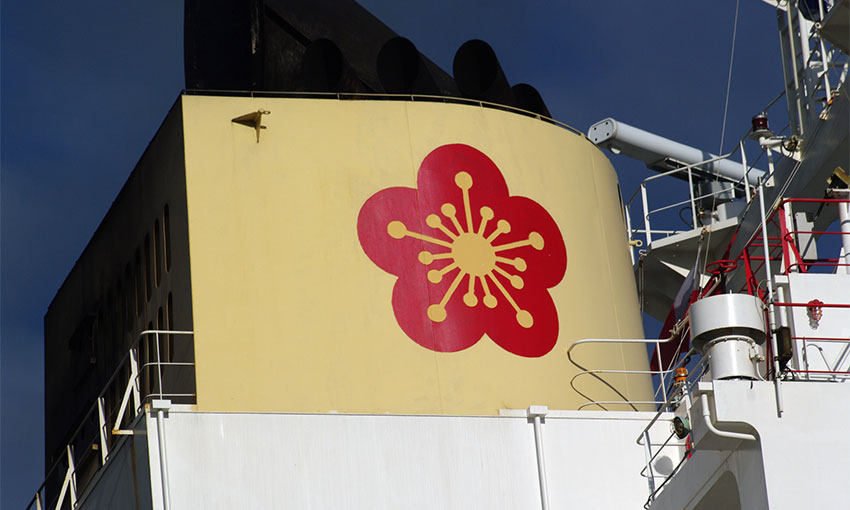PACIFIC International Lines and Tuas port operator PSA Singapore have agreed to work together to develop low carbon emissions routes for containers shipped by PIL via PSA.
The initiative is part of a memorandum of understanding between PIL and PSA that aims to “develop sustainable solutions to cut carbon emissions and optimise maritime efficiency”.
In April last year PIL conducted a biofuel trial using a blend of fatty acid methyl esters and very low sulfur fuel oil.
PIL said it was encouraged by the results and intends to trial another blend of biofuel on its Singapore Qinzhou Shuttle service as part of this MOU. This trial would involve a blend of 24% FAME with VLSFO.
PSA and PIL plan to leverage each other’s expertise, resources and innovation to work towards developing low carbon pathways.
Nelson Quek, PSA International’s regional CEO for Southeast Asia, said it is “imperative” to reduce carbon emissions in the shipping industry as climate-change challenges increase.
“This will require the collective efforts of all players in the maritime supply chain sector,” he said.
“PSA is pleased to partner PIL as we take the bold and essential step towards decarbonising the global supply chains that power our economy.
“We remain committed to working hand-in-hand with like- minded stakeholders as we spur concerted action towards our transition to a cleaner and sustainable future beyond the areas served by our ports.”
And Abhishek Chawla, PIL’s general manager operations and procurement, said PIL was delighted to partner with PSA to co-develop sustainable shipping solutions.
“As PIL actively explores and invests in solutions to reduce emissions across our organisation, we believe in the importance of collaborating with like-minded partners like PSA.
“Together, we can deliver a greener future for the shipping industry.”
Beyond the MoU, PIL and PSA are also working together on emissions reduction levers such as the adoption of PSA’s digital OptEVoyage innovation, designed to help vessels arrive at the port just in time to “achieve bunker savings” and reduce emissions.





